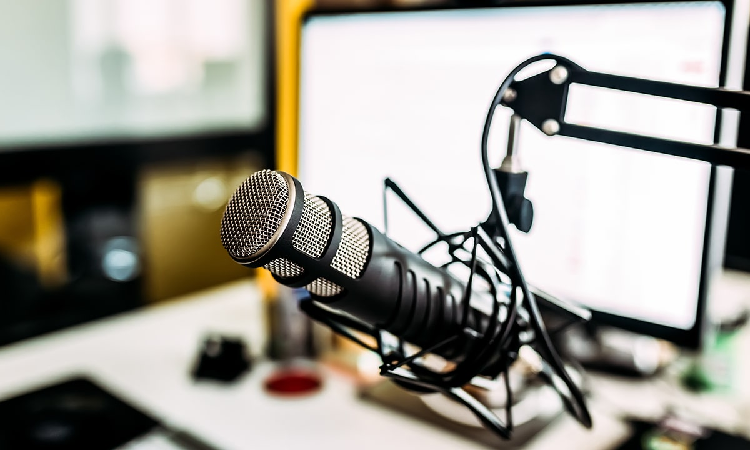A podcast is a great way to share your content with your listeners. But one thing we have come to notice with podcasts is however great their content is, most of them have bad audio.
Nobody will want to listen to your podcast if its audio quality is poor. The good news is it isn’t hard to get a great sound for your podcast. All it takes is a little bit of practice, some patience, and a little post-production.
All you need to produce a podcast at the most basic level is a good audio interface, a quality microphone, and a computer with recording software with a few important features installed in it.
Step 1: Selecting Your Podcasting Computer
You need a computer to set up a podcasting studio in your home. This can either be a Windows or Mac PC. Recording software have different system requirements. This means that you should first check that the PC you want meets the software’s requirements before purchasing it.
It is best if you choose a computer with best specs, the better the comp’s specs, the better the performance you can expect from you recording software of choice. Also, remember that your podcasting skills will improve with time, so it is a good idea to invest in the best computer that meets your budget as it will grow with you.
Step 2: Selecting an Audio Interface for Podcasting
One of the essential components of any podcasting studio is the audio interface. This device converts audio signals from analog to digital and vice versa. As a result you are able to record your podcast to it and play it back from your computer. Other than this function, your audio interface may also include onboard plug-in processing, onboard monitoring functions, and microphone preamps among other features.
Step 3: Selecting Your Podcasting Microphone
A good sound production starts with a quality microphone. Choose a mic that pairs well with your voice when considering microphone selection.
We recommend that you choose a dynamic mic. These are known for their smooth sound are perfect for broadcasts. But because dynamic microphones have low output, you will have to use a mic preamp that will provide enough gain to get the mix’s signal at a level that is suitable for your podcast broadcast.
Step 4: Selecting Monitors for Your Podcast
You can do everything you need to do for your podcast in pre- and post-production if the recording is basically voice. However, we recommend that you mix on near field studio monitors and double-check the mix on headphones if yours is a more professional production and you are mixing down a multitrack session.
Step 5: Selecting Your Podcasting Software
Choose a podcasting software that has a single window, drag-and-drop user interface. Such a software is ideal for podcasters because it allows you to drag your favourite track from a searchable brother and drop it into your recording session among a host of other things.
We hope that by following these simple steps on setting up a podcast studio like https://www.realnewscn.com/host-your-own-show/, you will be able to set up yours.

